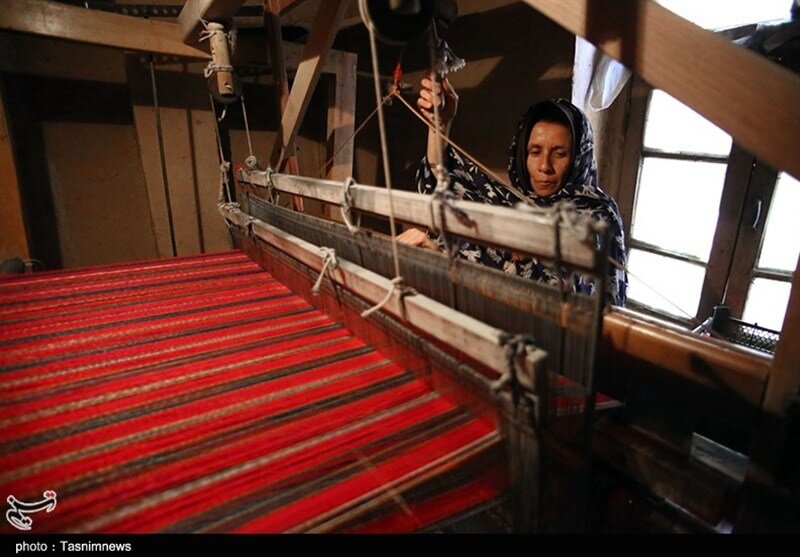Rouyin to be weighed as national village of handicrafts

TEHRAN – North Khorasan province wants nationwide recognition for Rouyin to be named a national village of handicrafts, the deputy provincial tourism official has said.
“A comprehensive dossier has been prepared for the village, which is known as the first traditional textile village in the country, and it is hoped to be listed as a national village of handicrafts by the end of the current Iranian year 1400 (ends on March 21, 2022),” Mohammadreza Qahremanian announced on Friday.
200 weaving workshops across the village produce towels, Chador Shab, a kind of fabric with geometrical patterns, and other textiles, the official added.
As the highest producer of traditional textiles in the province, Rouyin manufactures more than 150,000 square meters of Chador Shab, towels, napkins, and shawls each year, he noted.
At present, 350 to 400 people work directly in producing, dyeing, and weaving, and selling Chador Shab, which has been inscribed on the list of UNESCO Seal of Excellence for Handicrafts, he explained.
Chador Shab is a kind of homemade colorful checkered cloth, which is used as an outer garment for women, mostly in the country’s rural areas. Women wrap it around their waist during farming and working, they also use it for carrying their babies on their back.
Dating back to the Timurid-era (1370–1507), the village of Rouyin was inscribed on the national heritage list in 2008.
With 14 entries, Iran ranks first globally for the number of cities and villages registered by the World Crafts Council, as China with seven entries, Chile with four, and India with three ones come next.
The value of Iran’s handicrafts exports stood at $120 million during the first eleven months of the past Iranian calendar year 1399 (March 20, 2020 – February 18, 2021), Mehr reported. The country’s handicrafts exports slumped during the mentioned months in comparison to the same period last a year earlier due to the damage the coronavirus pandemic has inflicted on global trade.
The Islamic Republic exported $427 million worth of handicrafts during the first eleven months of the calendar year 1398. Of the figure, some $190 million was earned via suitcase trade (allowed for customs-free and tax-free transfer) through 20 provinces, according to data compiled by the Ministry of Cultural Heritage, Tourism and Handicrafts.
Ceramics, pottery vessels, handwoven cloths as well as personal ornamentations with precious and semi-precious gemstones are traditionally exported to Iraq, Afghanistan, Germany, the U.S., the UK, and other countries.
ABU/AFM
Leave a Comment